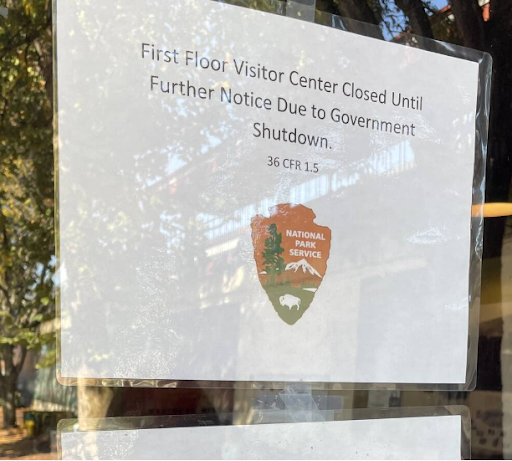STEM Corner
Your monthly does of what’s happening in the STEM field!
December 30, 2018
While in the midst of flu season, Bothell High students are advised to get their flu shot at the nearest provider. For many this seems to be a nuisance, since a lot of people fear the needle and the pain that follows it. People who have never had to face the flu usually just ignore the suggestions of getting a flu shot, since they have never experienced the discomfort of the sickness, and going out of their way to get a shot seems like a chore.
What if annual flu shots were to become a thing of the past? What if you only needed to take the shot once and the never again? Biochemist Engineer David Baker has made a discovery at his laboratory at the University of Washington, that just might make this true.
Baker grows and studies proteins from bacteria in his lab and has created an artificial protein which he has dubbed the “Death Star” due to its shape and structure. This protein he has created contains 20 different types of the flu virus and he hopes to add all the different varieties of the virus to the “Death Star’s” structure.
By adding all the different varieties of the flu to the structure, when the “Death Star” is injected into a person it will help that person develop all the antibodies needed to protect against all the different mutations of the flu virus. With a $10 million grant given by the Open Philanthropy Project to support the research of the “Death Star,” Baker has a huge opportunity to develop and further is research and discoveries.

Have you ever wished you could read someone’s mind? That just may become reality with a new device called BrainNet—which allows people to communicate their thoughts. Developed by Rajesh Rao, a computational neuroscientist at the University of Washington, and his colleague, Andrea Stocco, the device allowed Rao to move Stocco’s hand while they were both in separate rooms and both of their heads were connected to electrodes that were connected to the device. The device uses magnetic fields to activate the brain cells of the person receiving the information, which caused Stocco to have the sensation to move his hand. However, the device can only send messages one-way, which means that only one person can send the messages and the other person receives it.
With so many advances in the STEM field currently, the future of the field seems to show great promise.






